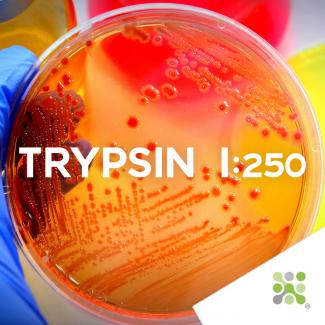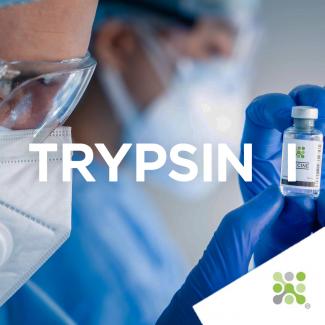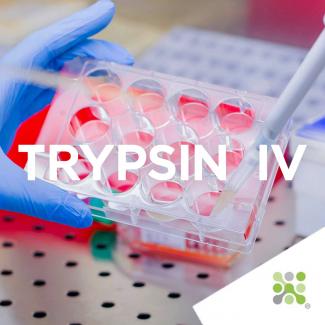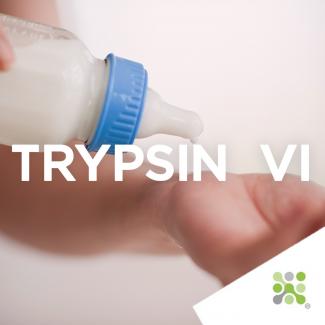Proteins Hydrolization
Exploring Protein Hydrolyzation: Essential Enzymes for Diverse Applications
Protein hydrolyzation is a critical process across various industries, leveraging specific enzymes to break down proteins into peptides and amino acids. This process is vital in medical food, sports supplements, infant formulas, and culinary applications like food tenderization and aroma extraction. Here, we explore the primary enzymes used in protein hydrolyzation: trypsin, chymotrypsin, and pancreatin. Often referred to as pancreatic enzymes, these powerful digestive enzymes are primarily extracted from porcine pancreas glands, ensuring efficient breakdown and absorption of proteins.
The Role of Trypsin and Chymotrypsin in Protein Hydrolyzation
Trypsin and Chymotrypsin are at the forefront of protein hydrolyzation. These enzymes are crucial in developing medical foods and dietary supplements designed to meet specific nutritional requirements and improve digestive health. Their ability to efficiently cleave peptide bonds makes them invaluable in sports nutrition, aiding in the rapid recovery and muscle building needed by athletes.
Pancreatin: A Multifunctional Enzyme Blend
Pancreatin, a complex mixture of digestive enzymes including trypsin, chymotrypsin, and lipase, plays a versatile role in food science and nutrition. It’s extensively used in infant and follow-on formulas to mimic the natural digestive activities of human milk, enhancing nutrient absorption and digestibility for optimal infant development. Additionally, pancreatin’s application extends to the culinary world, where it is employed in food tenderization and the enhancement of flavors through aroma extraction.
Applications Across Industries
Adopting these pancreatic enzymes in medical food products and supplements underscores their importance in promoting health and well-being. In sports nutrition, enzymes like trypsin and chymotrypsin optimize protein utilization, which is crucial for muscle repair and growth. Similarly, these enzymes improve food texture and flavor in the food industry, making dishes more palatable and digestible.
Ensuring Quality and Effectiveness
The extraction of these enzymes from porcine pancreas glands is carefully controlled to maintain their activity and effectiveness in protein hydrolyzation. This ensures the quality and safety of the enzymes and supports their functionality in various applications, from health supplements to culinary uses.
Industries can enhance product functionality, support digestive health, and meet the growing consumer demand for high-quality, effective protein hydrolyzation agents by harnessing the power of trypsin, chymotrypsin, and pancreatin. These pancreatic enzymes are integral to advancing nutritional health, culinary innovation, and wellness.
6nbsp;






